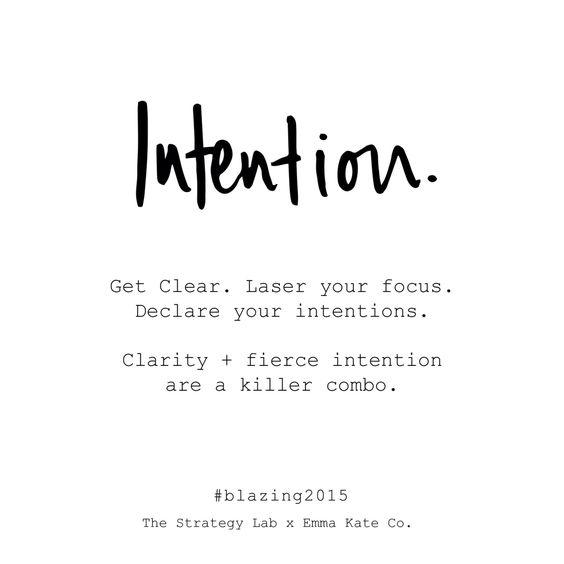In the hustle and bustle of contemporary life, where noise often drowns out the subtle whispers of our inner selves, the practice of self-reflection emerges as a potent antidote. “Unlocking Inner Insights: The Art of Self-Reflection” invites readers on a profound journey inward, illuminating the pathways to self-discovery and personal growth. Just as a sculptor chisels away at a block of marble to reveal the masterpiece within, self-reflection allows us to peel back the layers of our experiences, thoughts, and emotions. This article explores the techniques and benefits of this timeless art, offering tools to help cultivate a deeper understanding of ourselves. As we navigate the complexities of our lives, embracing the practice of self-reflection can transform our perspectives, sharpen our decision-making, and ultimately lead us to a more authentic existence. Join us as we delve into the nuances of this vital practice and uncover the treasures that lie within.
Cultivating a Safe Space: Creating the Environment for Honest Reflection
Creating an environment conducive to introspection is essential for unlocking genuine insights. A safe space encourages individuals to explore their thoughts and feelings without fear of judgment. To cultivate this atmosphere, consider integrating the following elements:
- Comfortable Setting: Ensure the physical space is inviting and free from distractions.
- Active Listening: Foster an atmosphere where everyone feels heard and valued.
- Encouragement of Vulnerability: Promote honesty by sharing your own reflections and experiences.
It’s vital to establish ground rules that protect participants and enhance the reflective experience. Here’s a simple framework to guide interactions:
| Ground Rule | Description |
|---|---|
| Confidentiality | What’s shared in the space stays in the space. |
| Non-judgment | Encourage open expression without criticism. |
| Respect | Honor different perspectives and opinions. |
By layering these principles and practices within your environment, you create a sanctuary for self-discovery, allowing for deeper understanding and growth.

Navigating Emotions: Understanding What Holds You Back
Emotions are intricate threads woven into the fabric of our daily lives, often dictating our responses and influencing our decisions. When we pause to reflect, we begin to uncover the deep-seated fears, unresolved conflicts, and self-imposed limitations that serve as barriers to our growth. Engaging in self-reflection allows us to peel away these layers, revealing underlying patterns that might have gone unnoticed. It’s a conscious effort to explore how emotions can build invisible walls, preventing us from reaching our full potential and embracing new opportunities.
To truly navigate through these emotional barriers, consider adopting a few simple practices that enhance your self-awareness:
- Journaling: Write down your feelings regularly to identify trends and triggers.
- Meditation: Mindfulness techniques can help you observe emotions without judgment.
- Talking it out: Engage in conversations with trusted friends or professionals to gain outside perspectives.
Additionally, it can be helpful to recognize and categorize your emotions. Here’s a table illustrating common emotions and their effects on behavior:
| Emotion | Impact |
|---|---|
| Fear | Prevents risk-taking, fosters avoidance. |
| Anxiety | Leads to overthinking, hampers decision-making. |
| Joy | Encourages engagement, fosters creativity. |
| Sadness | Promotes introspection, may induce withdrawal. |

The Power of Journaling: Techniques to Dive Deeper into Your Thoughts
Journaling serves as a powerful tool for navigating the labyrinth of your thoughts, allowing you to unravel the complexities of your emotions. By setting aside time each day to document your feelings, experiences, and reflections, you create a sacred space that encourages authenticity. To delve deeper into your mind, try the following techniques:
- Stream of Consciousness: Write continuously without worrying about grammar or structure. This practice helps bypass mental filters and brings forth hidden thoughts.
- Prompts: Use thought-provoking prompts that challenge your perspective. Questions like “What do I fear the most?” or “When was I truly happy?” can lead to profound insights.
- Gratitude Lists: Regularly listing things you’re grateful for shifts your focus towards positivity and encourages a sense of fulfillment.
Furthermore, integrating visual elements into your journaling can also enhance self-reflection. Consider adding sketches or using colored pens to express emotions visually. A simple table can help track your mood over time, providing a quick reference for patterns that may emerge:
| Date | Mood | Notes |
|---|---|---|
| 2023-10-01 | 🌞 Happy | Enjoyed a great conversation with a friend. |
| 2023-10-02 | 😟 Anxious | Overwhelmed with work deadlines. |
| 2023-10-03 | 🌧️ Reflective | Spent time thinking about future goals. |

Setting Intentions: Transforming Insights into Actionable Goals
Transforming self-insight into concrete actions requires a thoughtful approach to goal-setting. To create goals that resonate with your newfound understanding, it’s essential to reflect on what matters most. Start by identifying key areas in your life where you feel the need for change or improvement. This can include your personal growth, relationships, or even career aspirations. Once you’ve pinpointed these areas, take time to articulate your intentions clearly. Consider the following steps:
- Prioritize your insights: Determine which insights hold the most potential for positive change.
- Be Specific: Break down your overarching intentions into specific, measurable goals.
- Set Timelines: Assign a timeframe to each goal to create a sense of urgency and accountability.
After establishing your goals, it’s vital to create a plan that bridges the gap between intention and action. This involves mapping out the resources and steps necessary to achieve your goals while remaining flexible to adjust as needed. Consider using a simple tracking method to monitor your progress. Below is a straightforward table to guide you in this journey:
| Goal | Action Steps | Deadline | Status |
|---|---|---|---|
| Improve Health | Join a gym, plan meals | 3 months | In Progress |
| Develop Skills | Attend workshops | 6 months | Not Started |
| Enhance Relationships | Schedule weekly catch-ups | Ongoing | Ongoing |
Future Outlook
As we draw the curtains on our exploration of self-reflection, it becomes clear that this art is not merely a practice but a journey—a journey inward that invites us to confront our truths, acknowledge our emotions, and embrace the complexities of our existence. With each moment dedicated to introspection, we unlock the doors to profound insights that can illuminate our paths and enrich our lives.
In a world that often rushes forward, self-reflection offers a sanctuary of stillness amid the noise. It encourages us to pause, listen, and engage with the narratives we weave within ourselves. As you embark on your own quest for self-discovery, remember that the process is as significant as the revelations. Each step brings you closer to a more nuanced understanding of who you are and who you aspire to become.
So, take a moment, breathe deeply, and dive into the depths of your thoughts. Embrace the journey of unlocking your inner insights—because within you lies a wellspring of potential waiting to be discovered. Let self-reflection guide you as you navigate the intricate tapestry of your life, turning the ordinary into the extraordinary and the unknown into a canvas for growth.



